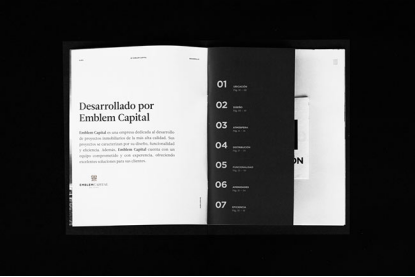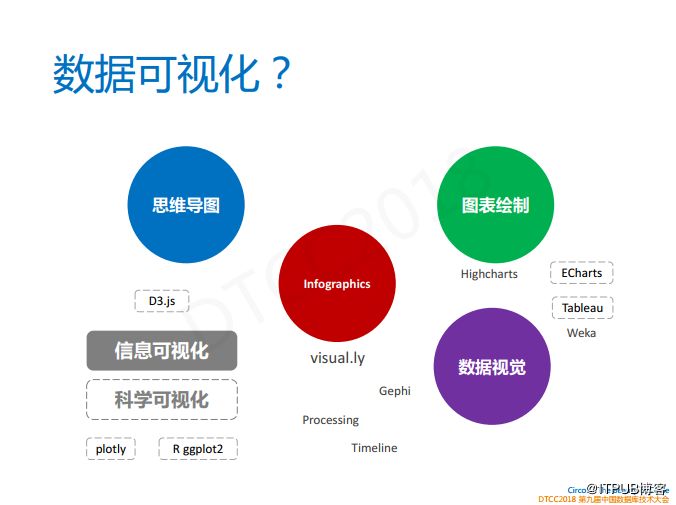摘要:,,本文分析了一个手工制品项目的稳定性。文章标题指出将详细解读定义方案中的雕版项目。内容摘要将涵盖项目的核心要点,包括手工制品的特点、项目的目标、稳定性分析的关键点以及可能面临的挑战。通过解读定义方案中的雕版项目细节,评估项目的可行性及稳定性,为项目成功实施提供重要参考。
In today's world, the importance of traditional craftsmanship and the pursuit of innovation go hand in hand. The development of a手工制品项目 (handcrafted products project) not only reflects cultural heritage but also serves as a platform for sustainable development. However, to ensure long-term success and stability, it is crucial to adopt strategic approaches that balance traditional techniques with contemporary business practices.
I. Introduction to the Handcrafted Products Project
The手工制品项目 (handcrafted products project) we are discussing involves the creation of unique and high-quality products that are made using traditional techniques and materials. This may encompass a range of items, from jewelry and furniture to textiles and art pieces. The project aims to revive interest in traditional craftsmanship and promote cultural heritage through these products.
II. Stability Challenges in the Handcrafted Products Industry
Despite the potential for growth in the handcrafted products industry, stability can be a significant challenge. This is due to several factors, including market fluctuations, competition from mass-produced goods, and the need for constant innovation to maintain customer interest. Additionally, the use of traditional techniques and materials may require specialized skills that are not easily accessible or may be subject to decline due to aging craftmen.
III. Stability Strategy解析
To ensure stability in the手工艺品项目,it is essential to implement a comprehensive strategy that addresses the unique challenges facing the industry. Here are some key strategies to consider:
1、Diversification of Products and Markets: Diversifying the range of products offered and expanding into new markets can help mitigate the risks associated with market fluctuations. This could include targeting different demographics or entering new geographical regions.
2、Integration of Traditional Techniques with Modern Technology: By integrating traditional craftsmanship with modern technology, it becomes easier to scale production, improve efficiency, and maintain quality. This approach also helps in attracting younger talent and incorporating contemporary design elements into the products.
3、Collaboration and Partnerships: Partnering with other organizations, especially those engaged in cultural heritage preservation, can provide additional resources and support for the手工艺品项目. Collaboration can also help in sharing best practices and learning from the experiences of others in the industry.
4、Skill Development and Training: Investing in skill development and training programs for craftmen is crucial to ensure the long-term sustainability of traditional techniques. This could include providing training on modern tools and techniques, as well as mentoring programs to pass on knowledge and skills to younger generations.
5、Brand Development and Marketing: Establishing a strong brand identity and marketing strategy is essential for gaining market recognition and building customer loyalty. By focusing on storytelling, highlighting the unique value of traditional craftsmanship, and utilizing digital marketing channels, it becomes easier to attract customers and maintain their interest in the products.
IV. Implementation and Monitoring of Stability Strategies
Implementing these strategies is not enough; it is crucial to monitor their effectiveness regularly and make necessary adjustments based on market feedback and changes in the industry landscape. This could involve conducting market research, tracking sales data, and engaging with customers to understand their needs and preferences. Additionally, benchmarking with other successful手工艺品项目can provide valuable insights into what works and what doesn't.
V. Conclusion
In conclusion, ensuring stability in a手工艺品项目requires a strategic approach that balances traditional craftsmanship with contemporary business practices. By implementing strategies such as diversification, integration of technology, collaboration, skill development, brand development, and marketing, it becomes easier to navigate the challenges faced by the industry and build a sustainable business model that can withstand market fluctuations and competition. With careful planning and execution, these strategies can pave the way for long-term success and growth in the手工艺品项目industry.



